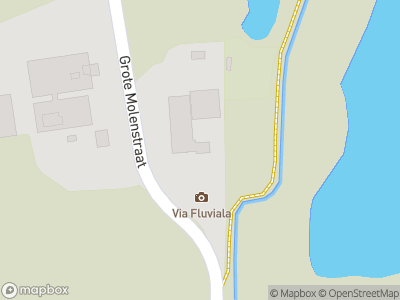Romans were master builders. Not only did they construct buildings, they were also expert road builders. They built bridges, dams and tunnels across mountains or swamps, and did so with ease. The roads enabled them to travel quickly from one end of their vast empire to the other.
Roman highways usually had a solid foundations, a paved surface and ditches along the sides for drainage, making the roads passable under all weather conditions. The paved surface was made of whatever material was readily available: natural stone in southern countries, shells in coastal areas or gravel in areas with a lot of rivers, such as this one.
A swift way of travelling
The Romans used the roads primarily for the army, allowing legions to move swiftly from one place to another. A trained soldier in full kit could march 25-30 kilometres each day, even 40 kilometres if they had to! The roads were also used by couriers on horseback. They transported important messages to the governors and army officers and when the horses were tired, they stopped at special posts along the roads to swap them.
Citizens and merchants took full advantage of the road network too. The roads connected the main cities and towns of the Roman Empire and offered a swift, safe and relatively comfortable way of travelling. Merchants could transport their merchandise over great distances which contributed to a cultural exchange of unprecedented magnitude. Some roads from the Roman period are still in use today, albeit with a number of modifications. Most Roman roads, however, fell into disrepair in the Middle Ages as overland travel became too dangerous. It was not until 1800 that the road system in Europe was once again as extensive as it had been during the Roman period, which says a great deal about the art of Roman engineering.
“















